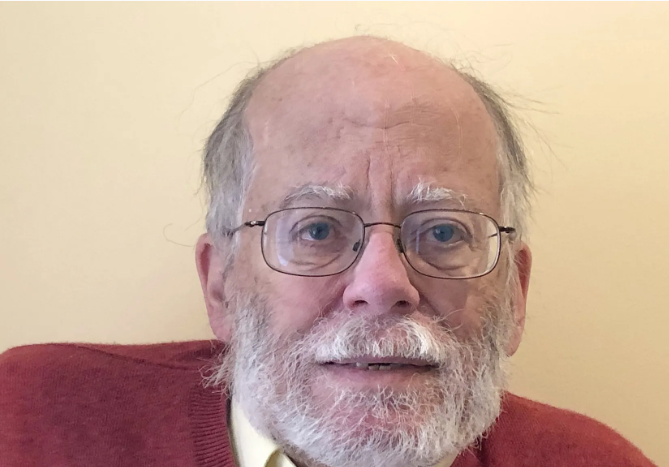I Developed Polio Because I was too Young for Salk’s Vaccine.
By DANIEL J. WILSON May 5, 2021
“In 1955, polio was the most feared childhood disease in America, not unlike COVID-19 is for adults today. Every summer, cities closed their swimming pools and other places where children gathered to prevent spreading the crippling disease.
In April 1955, following a yearlong trial, the polio vaccine of Dr. Jonas Salk was declared both safe and effective. The nation celebrated and Salk’s vaccine was quickly and widely distributed.
A 5-yearold girl gets a polio vaccine shot in 1956 Chicago. Photo Source
I was 5 and living in northern Wisconsin. Unfortunately, there was a shortage of the vaccine and only children going to school received the shots.
I was too young and became infected with polio instead. I was left with a weak right side which soon created a severe spinal curvature. When I was 10, I had a spinal fusion to straighten the spine, which meant a year in a body cast.
I had few problems until I was 40, when I developed post-polio syndrome. Now I use a scooter for mobility and a ventilator to assist my breathing. All because of a missed vaccination 65 years ago.
Polio and COVID-19 are different diseases, though both are caused by viruses.
Polio is largely an intestinal disease spread by water or food contaminated by fecal material shed by individuals infected with the virus. Over 90% of polio infections are asymptomatic; only 2-3% of infections result in paralysis.
COVID-19 is a respiratory disease spread through the air. Some 25-30% of COVID-19 infections are asymptomatic. Asymptomatic infections spread both diseases.
Polio was regional, and most epidemics ended in a few months. COVID-19, of course, is national and global, and after a year shows no signs of ending.
It took Jonas Salk over seven years to develop the first successful polio vaccine. His research was supported almost entirely by the National Foundation for Infantile Paralysis, better known as the March of Dimes.
Established in 1938 by President Franklin D. Roosevelt, a polio survivor himself, it was funded by millions of dimes and dollars contributed by Americans.
The March of Dimes contributed millions of dollars to aid polio patients and support research into the disease between 1938 and 1960. The March of Dimes also funded the 1954 trial of the Salk vaccine that in April 1955 was declared safe and effective.
Unfortunately, several weeks later, a bad batch of vaccine produced by Cutter Laboratories resulted in 164 paralyzed individuals and 10 deaths. Vaccination was stopped and resumed only after other manufacturers demonstrated the safety of their vaccines.
Research that led to the COVID-19 vaccines was funded largely by the United States government. Fortunately, medical science has advanced and companies such as Pfizer, Moderna and Johnson & Johnson developed safe and effective vaccines using new techniques in less than a year.
As with the polio vaccine, the rollout of the COVID vaccines has seen shortages, as it takes time to produce the millions of shots needed. There have also been complicating side effects such as blood clots that led to the recent pause of the Johnson & Johnson vaccine.
The Salk vaccine was seen as a miracle in 1955. Parents rejoiced because they no longer feared their children would be crippled for life.
While many have celebrated the COVID-19 vaccines, others are skeptical or resistant. From my perspective of having missed out on the polio vaccine, we need as a nation to embrace the COVID-19 vaccine, not reject it.
Fortunately, I have had my two Moderna shots. But given my post-polio breathing problems, I am being cautious and still wearing my mask.
I am looking forward to reaching herd immunity and I can go mask free in stores, in restaurants, at movie theaters and sporting events. Just as the Salk vaccine gave summer back to America’s children, the COVID-19 vaccines, if widely accepted, can give us back our lives — getting together with family and friends, going out for dinner and entertainment, enjoying athletics as participants and spectators.
Now that the vaccines are widely available for adults over 16, please line up and take your shots.”
Daniel J. Wilson, a Bethlehem resident, is a member of the Lehigh Valley Center for Independent Living board of directors. He has a doctorate in American History and is retired from Muhlenberg College, where he taught history, including history of medicine.


